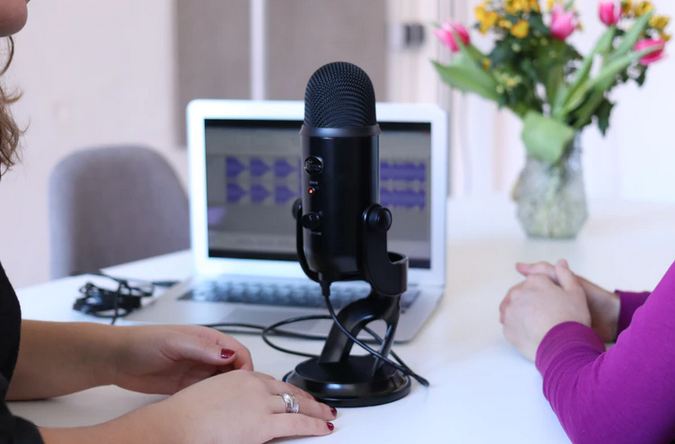The initial appeal of ‘podcasting‘ was for individuals to distribute their own radio shows. However, the times are changing.
In lecture theaters around the world it wouldn’t be surprising to see the sign ‘Recording in Progress’.
Many professors are starting to tap into the technology that their students are comfortable with, such as MP3 players.
When you see a student sitting at a bus-stop with earphones stuck in their ears, they might just be revising for a test rather than listening to the Black Eyed Peas.
While some pod-casters make files available for direct downloading or in a streaming format from a website, podcasting itself involves more than this.
Files are made available using ‘push technology‘. The publisher selects which files to make available in a feed, while the subscriber chooses which feed channels should be automatically downloaded when there is an update.
There are various systems to make this process easier. A large number of universities use the ‘iTunes U’ for storing and distributing their educational content.
No doubt many educators expect that students will download the files and listen to them from their portable devices. However, research suggests that most are consumed on the PC they are downloaded to (or even deleted without ever being listened to).
One student noted that his iPod was for leisure and didn’t want to use it for study or work purposes.
In addition to audio podcasts, some academics are experimenting with video podcasting (sometimes shortened to video casting or vodcasting).
For both audio and video a large advantage is being able to access the content on demand.
Apart from recorded lecturers, innovative teachers are making use of podcasts in a variety of ways.
These include
– interviews with guest experts
– news and updates
– supplementary resources (e.g. music, speeches)
– language lessons
– student presentations
As well as student use, many universities are also making use of the technology to provide on-demand, just-in-time professional development.
One of the greatest advantages to podcasting is that it allows time-shifting. That is, students can listen at times that are convenient for them.
In addition, it can also be mobile so students can listen at places that are convenient as well. Some might listen while they are in a quiet place such as the library, while others might prefer to do so while commuting or walking across campus.
As with any technology-based teaching we need to be careful not to assume that the teaching will be more effective because of the technology.
However, with proper research and evaluation best practice for the use of podcasting in education will emerge.

